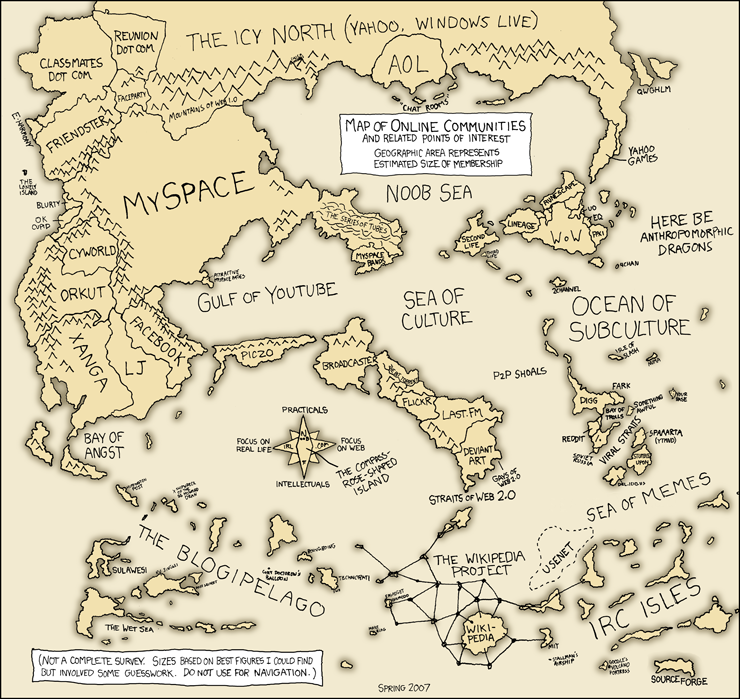OK, as an organizer of the event, I am probably not the most neutral party; however, I do think the we managed to pull of a great BarCamp here in Portland. First of all, a huge thank you to Eva, David, and the rest of the crew at CubeSpace who generously gave us the run of the facility, were an amazing help, let us stay until 11pm both nights, and were extremely flexible when the registrations soared out of control the 3 days leading up to the event from our expected attendance of 125 to a final count of about 250 attendees. Also a huge thank you to Raven Zachary, co-organizer and partner in crime for the event, and the rest of the planning team: Carl Johnson, LaVonne Reimer, Audrey Eschright, Patrick Sullivan, Sioux Fleming, Kelly Mackin, and Rashid Ahmed. Each person on this list was a tremendous help. Todd was also an enormous help: staying up late to help draw the grid; bringing me bubble tea; getting last minute materials cut at Kinkos, putting up with my crap as my grouchiness escalated during final preparations, and much more.
During the initial planning of BarCamp Portland, we thought that would be really cool if we could get maybe 75-100 people at Portland’s first BarCamp. As people began signing up, we thought that 125 was a pretty realistic number (this is what we budgeted for). A week or two before the event, we had 125-150 people signed up, and we felt really good about that number. As we moved closer to the Friday start of BarCamp, the numbers escalated rapidly to 274. Based on signups at the registration desks, we think we had about 250 people physically present at the event. Our sponsors were very generous in making last minute increases in sponsorship funding to provide additional food for the extra people.
A few neat things about BarCamp Portland:
- Our volunteer planning committee had more women than men, which we think helped us to have a better gender balance in overall attendance than most technology events.
- We think we were the first BarCamp ever to have free Bubble tea.
- Sessions varied widely including: theories about the TV show Lost, Open Source Business models, songwriting for geeks, community collaboration, MythTV, OpenID, WiFi disaster recovery and much more.
- We had a Nintendo Wii party, which included a boxing showdown between Chris Messina, one of the founders of the BarCamp Concept, and me (I kicked his ass) 🙂
- We had a Bucket of Voodoo Donuts.
- We had several OLPCs there for people to play with, and they even got some use from kids at the event.
- Ward Cunninham brought his flag waving robot.
- I did a session on collaboration in communities, which seemed to go really well.
- People started to get really creative about using the space at the event.
- We had knitting.
- We played a bunch of werewolf games thanks to Victor and others from the Portland Werewolf group (we even have our own cards for it!) I am an innocent villager.
- Notes from sessions are still emerging as people recover enough to blog, but I’ve found a few notes from Donnie Berkholz, and in the PDXBarCamp channel on Pibb (the official event back channel)
- And much, much, more.
Thanks to everyone who attended. A BarCamp event is only successful if the people who attend make it successful. We had an amazing, geeky, smart, and fun crowd leading to an amazing, geeky, smart, and fun event!


